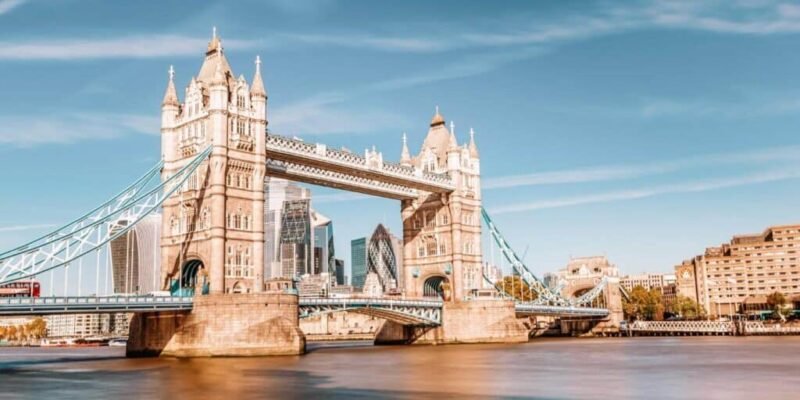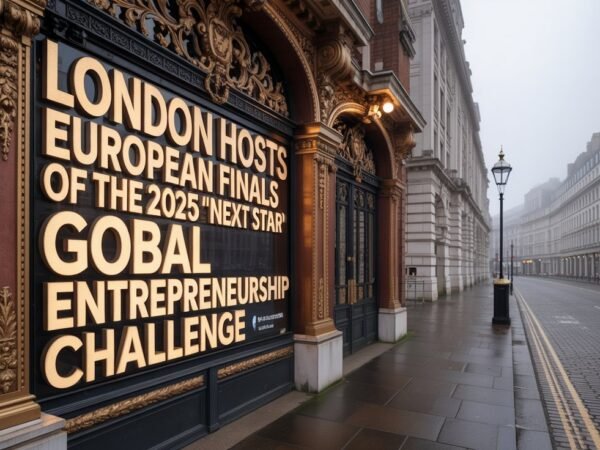Bridges have been essential to human progress for centuries, connecting distant lands, cities, and cultures. While their primary function is practical—enabling the passage of people and goods over obstacles like rivers, valleys, and highways—modern bridges have transcended mere functionality. Today, they are celebrated as architectural marvels, blending cutting-edge engineering with breathtaking design. From sleek suspension cables to towering concrete structures, modern bridges showcase the ingenuity of engineers and architects, standing as symbols of human achievement and beauty.
The Evolution of Bridge Design
Bridges have been integral to human civilization for millennia, with early versions constructed from simple materials like wood and stone. Ancient societies such as the Romans and Egyptians built remarkable bridges to unify their expansive empires. However, it wasn’t until the Industrial Revolution that bridge design truly advanced, propelled by breakthroughs in engineering, materials, and construction methods.
The introduction of steel and iron revolutionized bridge building, enabling the creation of larger, more resilient structures capable of spanning greater distances. During the 19th and 20th centuries, iconic landmarks like the Golden Gate Bridge in San Francisco and the Tower Bridge in London emerged, becoming enduring symbols of their cities.
In the present day, modern bridges are designed with a focus on precise engineering and aesthetic appeal. Architects and engineers collaborate to craft functional and visually captivating structures, serving as both practical routes and works of art. In places like Wisconsin, welding services and advanced fabrication techniques play a crucial role in constructing these stunning bridges, ensuring they meet high standards of durability and beauty.
A Blend of Function and Beauty
One of the most striking features of modern bridges is their ability to marry function with beauty. While older bridges were often designed to focus on practicality, today’s bridges are carefully considered from every angle. Their form, materials, and positioning are all part of the design process to create a visual masterpiece that enhances the landscape rather than detracts from it.
Modern bridges often incorporate sleek lines, curving designs, and innovative materials that allow them to stand out as works of art. Suspension bridges, for example, feature gracefully arched cables that appear almost delicate while offering incredible strength and stability. The Sydney Harbour Bridge in Australia is a perfect example of a suspension bridge that has become a world-renowned symbol of architectural beauty and engineering prowess.
The beauty of modern bridges lies not just in their form but also in how they interact with their surroundings. Bridges today are designed with careful consideration of their environment, often making a statement about the location and the people who use them. Take the Millau Viaduct in France, for example. This stunning bridge spans the Tarn Valley, reaching heights that make it the tallest bridge in the world. Its sleek, modern design complements the natural landscape, creating a harmonious blend of human ingenuity and nature.
Cutting-Edge Materials and Techniques
The materials used in modern bridge construction are part of what makes them so extraordinary. Steel, concrete, and glass have long been used in bridge design, but recent advances have allowed for even more innovative solutions. Carbon fiber, for instance, is a lightweight yet robust material used in bridge construction to reduce weight and increase durability.
Modern bridges often incorporate advanced construction techniques, such as prefabrication, which allow faster and more efficient building processes. These techniques speed up the construction timeline and ensure the highest level of quality and precision in every aspect of the bridge.
A prime example of cutting-edge materials and techniques is the Zaha Hadid-designed “Dongdaemun Design Plaza Bridge” in Seoul, South Korea. The bridge seamlessly connects urban spaces while showcasing futuristic design and innovative materials like stainless steel and glass panels.
Iconic Modern Bridges Around the World
Some modern bridges have become icons in their own right, recognized worldwide for their breathtaking design and engineering feats. Here are a few that stand out as true architectural marvels:
The Golden Gate Bridge, USA
Perhaps one of the most famous bridges in the world, the Golden Gate Bridge is a suspension bridge that connects San Francisco to Marin County. Its towering, orange-red structure is an iconic part of the city’s skyline and a testament to the engineering prowess of its time.
The Akashi Kaikyō Bridge, Japan
Known as the “Pearl Bridge,” this suspension bridge is the longest in the world. It connects the city of Kobe with Awaji Island and boasts a stunning design that withstands the region’s seismic activity while providing safe passage across the Akashi Strait.
The Millau Viaduct, France
As mentioned earlier, the Millau Viaduct is the tallest bridge in the world and one of the most striking. With its slender design and towering piers, it spans the Tarn River Valley, offering a breathtaking view of the surrounding countryside.
The London Millennium Footbridge, UK
This pedestrian suspension bridge connects St. Paul’s Cathedral to the Tate Modern gallery. Its minimalist design and unique sway, caused by pedestrian movement, make it one of the most talked-about bridges in the world.
The Future of Bridge Design
As technology advances, the future of bridge design looks even more exciting. Engineers constantly explore new materials, such as 3D-printed concrete, and innovative techniques to make bridges stronger, more sustainable, and aesthetically pleasing. Integrating renewable energy sources, like solar panels, into the structure of bridges is also an exciting prospect that could reduce their environmental impact.
Furthermore, as urban areas grow, we can expect to see more bridges designed to handle the increasing traffic demands while contributing to the urban aesthetic. In the future, bridges may become even more integrated into the cities they serve, serving as hubs for transportation, commerce, and recreation.
In Conclusion
Modern bridges are more than just utilitarian structures; they are symbols of human ingenuity, artistry, and progress. With their graceful designs, cutting-edge materials, and engineering brilliance, they enhance the landscapes they inhabit and connect people in practical and beautiful ways. As we look to the future, it’s clear that bridges will continue to be both essential infrastructure and stunning works of art that captivate the imagination.
Do Read: Mastering Photeeq Lens Flare for Professional Photography













